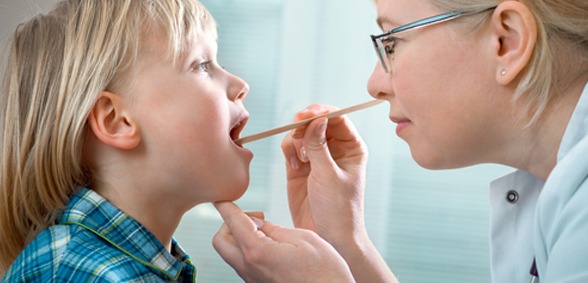
A seasonal rise in asthma cases has been linked to a tripling in rates of GP appointments
‘Back to school asthma’ – a seasonal peak in cases associated with the start of the school year in September – is linked to a tripling in the rate of family GP appointments across England, according to research published online in the Journal of Epidemiology & Community Health.
The phenomenon seems to particularly affect the under-fives and boys, national monitoring data show.
The prevalence of asthma and associated deaths and the use of healthcare services in the UK are thought to be the highest in the world.
Additionally, ‘back to school asthma’ accounts for up to a quarter of serious bouts of the condition in many northern hemisphere countries.
However, it’s not clear where the resulting pressure points on healthcare services might be. In a bid to find out, researchers analysed routine monitoring data for family doctor consultations about worsening asthma – both within and outside normal practice hours – as well as related visits to hospital emergency care departments between 2012 and 2016.
They looked at the time and gender-specific trends for 0-4 and 5-14 year-olds for the last four weeks of the summer holiday up to the first six to seven weeks of the autumn term.
All three sources of data indicated similar age and sex specific patterns, with use of health services for asthma up to 2.4 times higher among boys in both age groups than among girls.
The highest rate of asthma cases was among five to 14 year old boys for each of the three services.
Rates of GP in hours appointments for asthma fell during school holidays, followed by an increase in the first two to three weeks of each of the autumn half terms, with the sharpest rise at the start of the school year in September.
Patterns for GP out of hours services were similar to those of in hour consultations. And emergency care department visits for worsening asthma also peaked at the start of the school year for both age groups.
Across the entire study period, the average delay between the start of the school year and the ‘back to school’ effect varied for each of the years, beginning as late as 17 days afterwards and as early as seven days before.
But after taking account of these annual variations and sex differences, the daily in hours consultation rate for worsening bouts of asthma was more than three times as high in the back to school period as during the summer holidays for children up to the age of four. It was 2.5 times as high for 5-14 year olds.
For GP out of hours consultations, the rates were around twice as high for both age groups.
No such obvious peaks were seen for children aged 15 and older.
This is an observational epidemiological study and, as such, can’t establish cause. The coding applied to surveillance data may vary in quality, acknowledge the researchers. And it can be difficult to accurately diagnose asthma in young children because of the range of other factors than can produce similar respiratory symptoms.
But the very large number of children studied over several years lends weight to the findings, say the researchers, who suggest that multiple factors are likely to be involved.
These might include changes in the weather, air pollution, the stress of starting a new school year, and seasonal increases in circulating viruses, particularly rhinovirus, which is implicated in worsening childhood asthma.
“The underlying aetiology of [‘back to school’] asthma is complex and in addition to the established contribution of respiratory infections, environmental determinants may be involved: the role of fungal spores (which show autumnal seasonality) could be an area for future research to investigate aetiology and thus determine potential future interventions,” suggest the researchers.
“These results support the need for further preventable work to reduce the impact of [back to school] asthma in children,” they conclude.
Don’t forget to follow us on Twitter, or connect with us on LinkedIn!

Be the first to comment